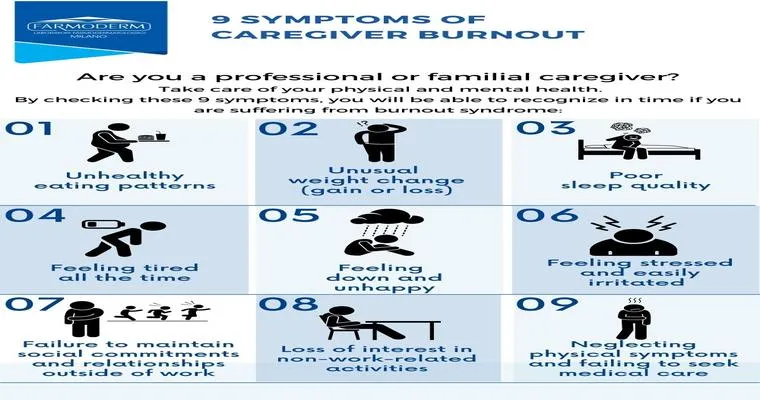As the conversation around "medical marijuana" continues to evolve, many seniors are exploring its potential advantages for various health issues. This article delves into the "risks", "benefits", and "out-of-pocket costs" associated with using medical marijuana for older adults, shedding light on its impact on quality of life.
Understanding Medical Marijuana
Medical marijuana refers to the use of the cannabis plant or its extracts to treat various medical conditions. For seniors, this might include alleviating symptoms associated with chronic pain, arthritis, insomnia, anxiety, or even the side effects of chemotherapy. The active compounds in cannabis, primarily THC and CBD, interact with the body’s endocannabinoid system, potentially offering relief for numerous ailments.
Benefits of Medical Marijuana for Seniors
1. "Pain Management": One of the most significant benefits for seniors is pain relief. Medical marijuana may help manage chronic pain more effectively than some traditional medications, which often come with undesirable side effects.
2. "Reduced Anxiety and Depression": Many older adults experience anxiety and depression. Medical marijuana may provide a natural alternative to pharmaceuticals, offering emotional relief and improved mood.
3. "Improved Sleep": Insomnia is common among seniors. Certain strains of medical marijuana can help promote better sleep quality and duration, allowing for a more restful night.
4. "Appetite Stimulation": For seniors who struggle with appetite due to health conditions or medications, medical marijuana can help stimulate hunger, promoting better nutrition and overall health.
5. "Neuroprotective Properties": Some studies suggest that compounds in cannabis may have neuroprotective effects, which can be beneficial for conditions like Alzheimer’s disease and other forms of dementia.
Risks of Medical Marijuana for Seniors
While there are many potential benefits, it is essential to consider the "risks" involved in using medical marijuana:
1. "Cognitive Impairment": THC, the psychoactive component of cannabis, can affect cognitive function and memory, especially in older adults. This can lead to confusion or decreased mental clarity.
2. "Drug Interactions": Medical marijuana can interact with other medications commonly prescribed to seniors. It is crucial to consult with a healthcare provider before starting any new treatment.
3. "Respiratory Issues": Smoking marijuana can lead to respiratory problems, particularly for those with pre-existing lung conditions. Alternative methods of consumption, such as edibles or oils, may mitigate this risk.
4. "Legal and Regulatory Concerns": Depending on the jurisdiction, the legal status of medical marijuana can vary. Seniors must be aware of local laws and regulations regarding its use.
Out-of-Pocket Costs of Medical Marijuana
The financial aspect of medical marijuana is another critical consideration. While some health insurance plans may cover traditional medications, coverage for medical marijuana is often limited or nonexistent. Seniors should consider the following costs:
1. "Consultation Fees": Obtaining a medical marijuana card usually requires an evaluation by a qualified healthcare professional, which may incur costs.
2. "Purchasing Costs": The price of medical marijuana can vary widely based on location, strain, and form of consumption (e.g., flower, oils, edibles). Seniors should budget for these out-of-pocket expenses.
3. "Ongoing Costs": Regular use of medical marijuana may lead to ongoing expenses that can add up over time. It is essential to weigh these costs against the potential benefits.
Conclusion
Medical marijuana offers a range of potential "benefits" for seniors, including pain relief, improved sleep, and enhanced mood. However, it also presents "risks" and "out-of-pocket costs" that must be carefully considered. Seniors interested in exploring medical marijuana should engage in thorough discussions with healthcare providers to make informed decisions tailored to their health needs and financial situations. As research continues to unfold, the landscape of medical marijuana use among seniors will likely evolve, offering new insights and possibilities for enhancing the quality of life in older adults.





